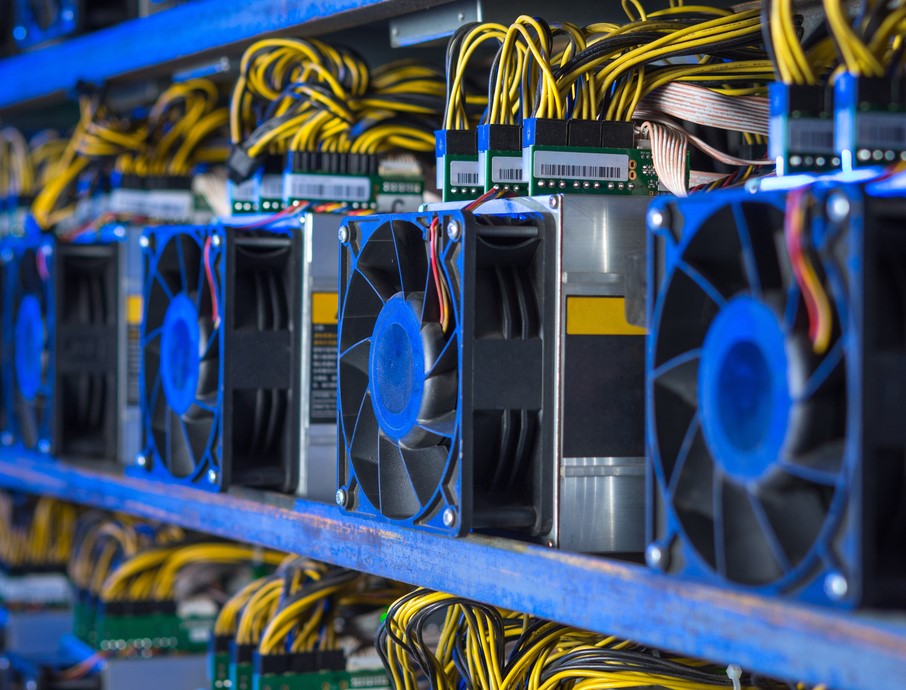Russia’s Largest Power Grid Operator Eyes Crypto Mining to Boost Revenue
27.01.2025 15:00 1 min. read Alexander Stefanov
Russia’s largest power grid operator, Rosseti, is exploring ways to tap into the cryptocurrency mining sector by leveraging its underutilized energy resources.
The company aims to use surplus power capacity from low-load centers to support mining operations, a move that could increase its revenue and contribute to local economic growth.
With its vast infrastructure and technical expertise, Rosseti is positioning itself as a potential central organizer for mining facilities in Russia.
The operator has indicated that its energy grid is already equipped to handle the intensive demands of mining, using advanced systems to ensure reliable distribution and maintain stability across regions.
Part of the strategy under discussion includes introducing specialized tariffs for cryptocurrency miners, enabling better management of energy demand. This aligns with the broader framework set by Russia’s recent crypto mining regulations, which limit large-scale operations to registered entities and entrepreneurs.
However, challenges remain. To address power shortages, Russia has announced restrictions on mining in specific areas, set to take effect in 2025 and lasting until 2031. Despite this, Rosseti’s initiative signals a bold attempt to integrate cryptocurrency mining into the country’s energy ecosystem while seeking economic and technological benefits from the growing industry.
-
1
Coinbase Picks Luxembourg for Its New EU Headquarters, Secures MiCA License
21.06.2025 11:00 1 min. read -
2
Crypto Market May Be in Early Stages of Multi-Year Rally, Says Real Vision CEO
21.06.2025 17:00 2 min. read -
3
Circle’s Market Cap Surges Past Its Own Stablecoin
24.06.2025 12:00 1 min. read -
4
Trump’s 2024 Crypto Earnings Top $58 Million—DeFi Stake Drives Most of the Haul
16.06.2025 9:00 2 min. read -
5
Tron Sets Sights on Wall Street Through Reverse Merger
17.06.2025 7:00 1 min. read
UAE Regulators Dismiss Toncoin Residency Rumors
United Arab Emirates authorities have formally denied reports linking Toncoin (TON) ownership or staking to long-term visa eligibility, calling the circulating claims inaccurate and misleading.
Binance Could Introduce Golden Visa Option for BNB Investors Inspired by TON
Changpeng Zhao, the former head of Binance, has hinted at the possibility of a new initiative that would allow BNB token holders to obtain long-term residency in the United Arab Emirates through a token-staking model.
Weekly Recap: Key Shifts and Milestones Across the Crypto Ecosystem
The first week of July brought notable advancements in crypto infrastructure, governance, and trading.
EU Risks Falling Behind in Digital Finance, Warns Former ECB Board Member
Europe’s reluctance to embrace stablecoins and blockchain technology could erode its monetary sovereignty and marginalize the euro in the next phase of global finance, according to former European Central Bank board member Lorenzo Bini Smaghi.
-
1
Coinbase Picks Luxembourg for Its New EU Headquarters, Secures MiCA License
21.06.2025 11:00 1 min. read -
2
Crypto Market May Be in Early Stages of Multi-Year Rally, Says Real Vision CEO
21.06.2025 17:00 2 min. read -
3
Circle’s Market Cap Surges Past Its Own Stablecoin
24.06.2025 12:00 1 min. read -
4
Trump’s 2024 Crypto Earnings Top $58 Million—DeFi Stake Drives Most of the Haul
16.06.2025 9:00 2 min. read -
5
Tron Sets Sights on Wall Street Through Reverse Merger
17.06.2025 7:00 1 min. read

